Rhubarb: seasonal vegetable or fruit? Today we will talk about what rhubarb is good for, what properties rhubarb has, as well as what to cook from rhubarb.
Rhubarb: fruit or vegetable?
Strange as it may seem, but rhubarb is a relative of buckwheat and belongs to the buckwheat family. It is a perennial plant that can live for more than 20 years. This means that there are more beneficial substances in the large leaves than in the small ones.
Botanically it is a vegetable, but its flavour and use in the kitchen is more related to fruit. In English-speaking countries rhubarb is called pie plant, which translates to “pie plant”. This is because rhubarb stems, along with berries and fruit, are traditionally used as a filling for sweet baked goods.
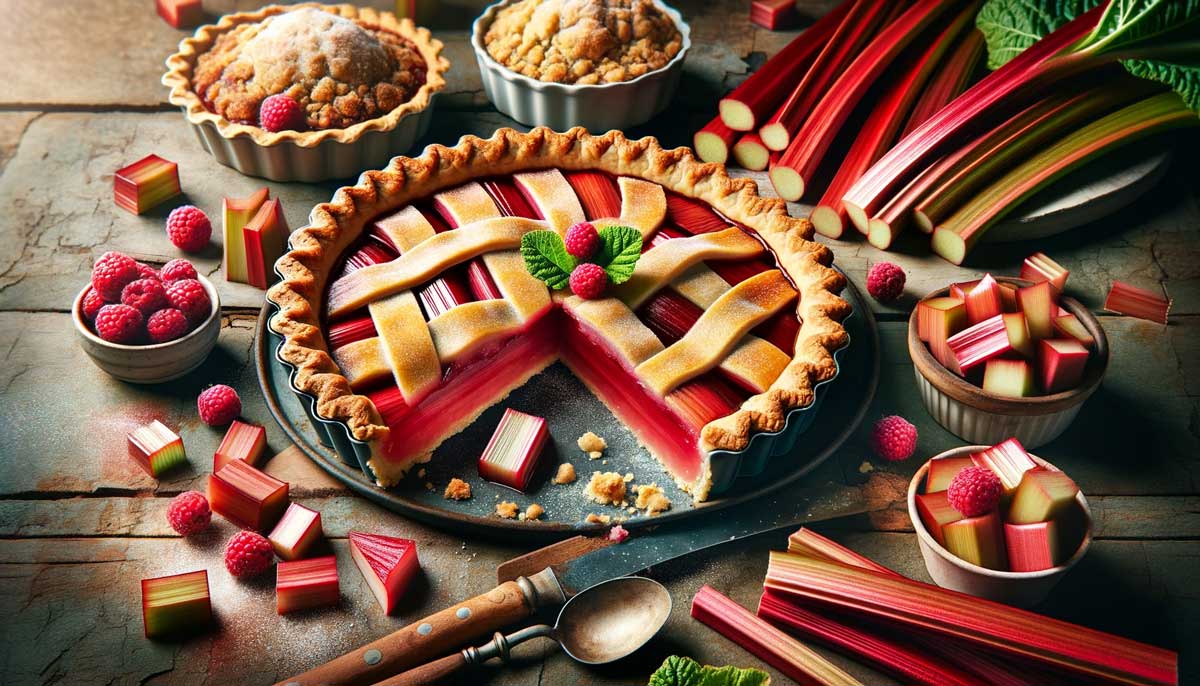
Rhubarb properties
How useful is rhubarb? Rhubarb is rich in antioxidants, especially anthocyanins (which give it its red colour). They have antibacterial, anti-inflammatory and anti-cancer properties, helping to protect against many health problems such as heart disease, cancer and diabetes. Rhubarb is also high in vitamin K and rich in fibre.
Rhubarb helps digestion
It contains a group of compounds called sennosides (also found in senna), which can act as a natural laxative, preventing constipation. It’s also a healthy source of dietary fibre, which helps keep your digestive system healthy.

What are the dangers of rhubarb?
Rhubarb leaves are poisonous: they contain very high levels of oxalic acid; although the stem is edible. Rhubarb is rich in calcium oxalate, which can increase the risk of kidney stones in susceptible people. High levels of vitamin K may also interfere with the effects of the blood-thinning drug warfarin.
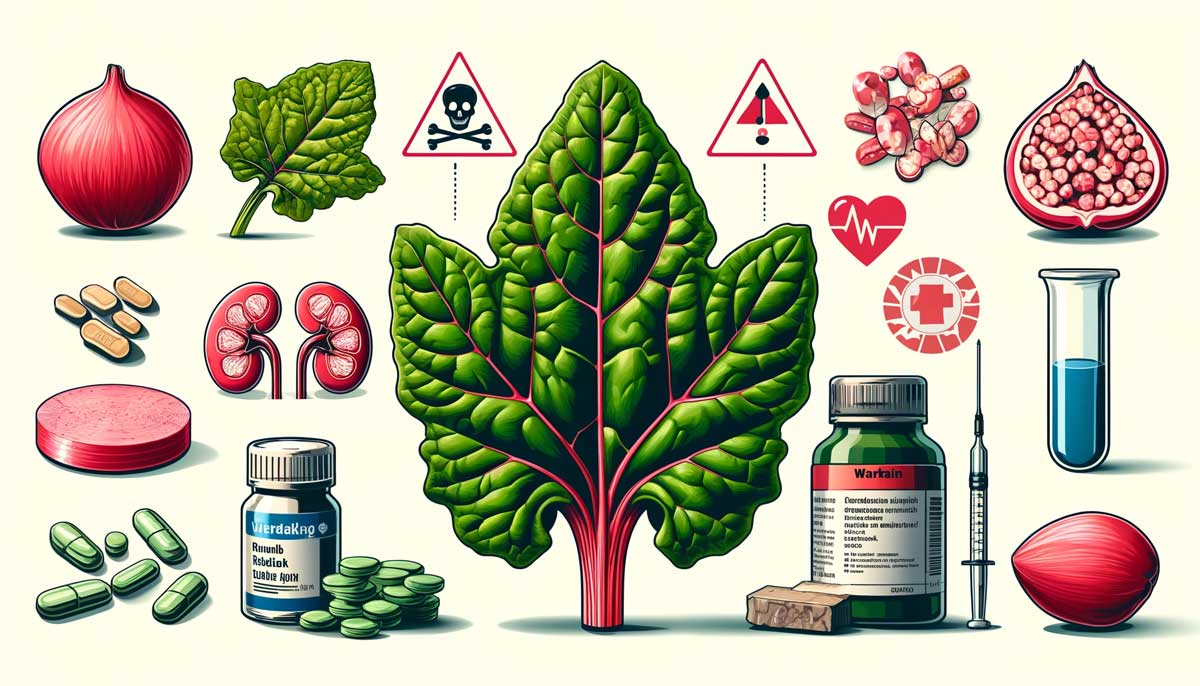
What are the benefits of rhubarb?
- A group of phytochemicals called anthocyanins, which give rhubarb its distinctive pink-red colour, are thought to help neutralise free radicals, which in turn may help protect against some cancers.
- Rhubarb is a source of potassium, which helps counteract the harmful effects of eating too much salt.
- One serving (140g) of stewed rhubarb provides 20 per cent of the recommended daily allowance of the mineral manganese, which has been shown to help improve glucose tolerance.
- Rhubarb roots have been used in Chinese medicine for thousands of years because of their antibacterial properties.
- Rhubarb contains vitamin C and the phytochemical lutein, which help protect the eyes from free radical damage
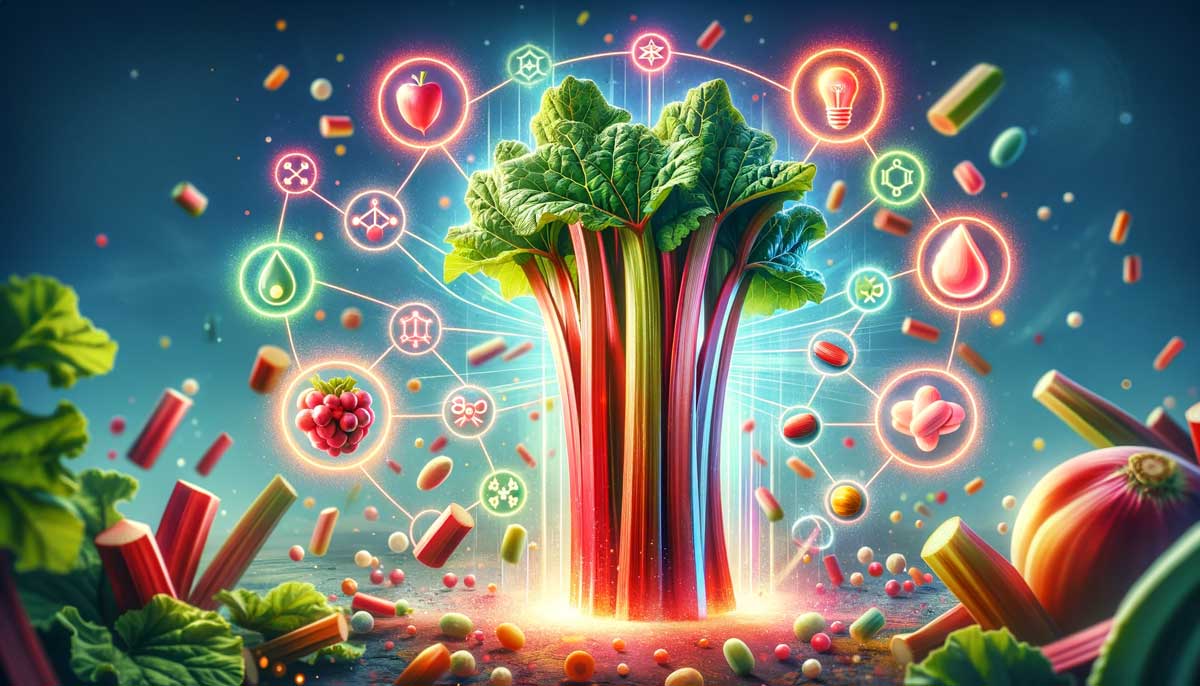
Rhubarb is rich in many nutrients, which helps its health benefits. However, there is one nuance: its tart, sour flavour means that it is often eaten with a lot of sugar. You can reduce the amount of sugar needed by combining it with naturally sweet fruits such as bananas or strawberries.
What to make with rhubarb?
Rhubarb Jam (jelly)
Ingredients:
- 300 g rhubarb (cut into cubes)
- 1 cup of water
- gelatine (according to the instructions on the package)
Instructions:
- Heat water in a saucepan to boiling.
- Add rhubarb and cook for 5-7 min on medium heat.
- Reduce the heat and add the gelatine, cook, stir for a further 2 minutes.
- Blend all the contents with a blender and pour into glass moulds.
- Refrigerate for at least 3 hours
Bread with rhubarb
Ingredients:
- 1/2 cup green buckwheat flour
- 1/2 cup coconut flour
- Salt, baking soda
- 4 eggs
- 1/2 cup vegetable milk
- 1 tablespoon coconut oil
- 200 g rhubarb (diced)
- 2-3 stems for decoration
Instructions:
- Mix all the dry ingredients and preheat the oven to 200C
- Whisk the eggs, milk and butter
- Combine the dry ingredients and the wet ingredients, add the rhubarb.
- Place in a mould, put the whole stalks on top of the dough.
- Bake for 40-50 minutes in a bread mould, cover with parchment to prevent burning.

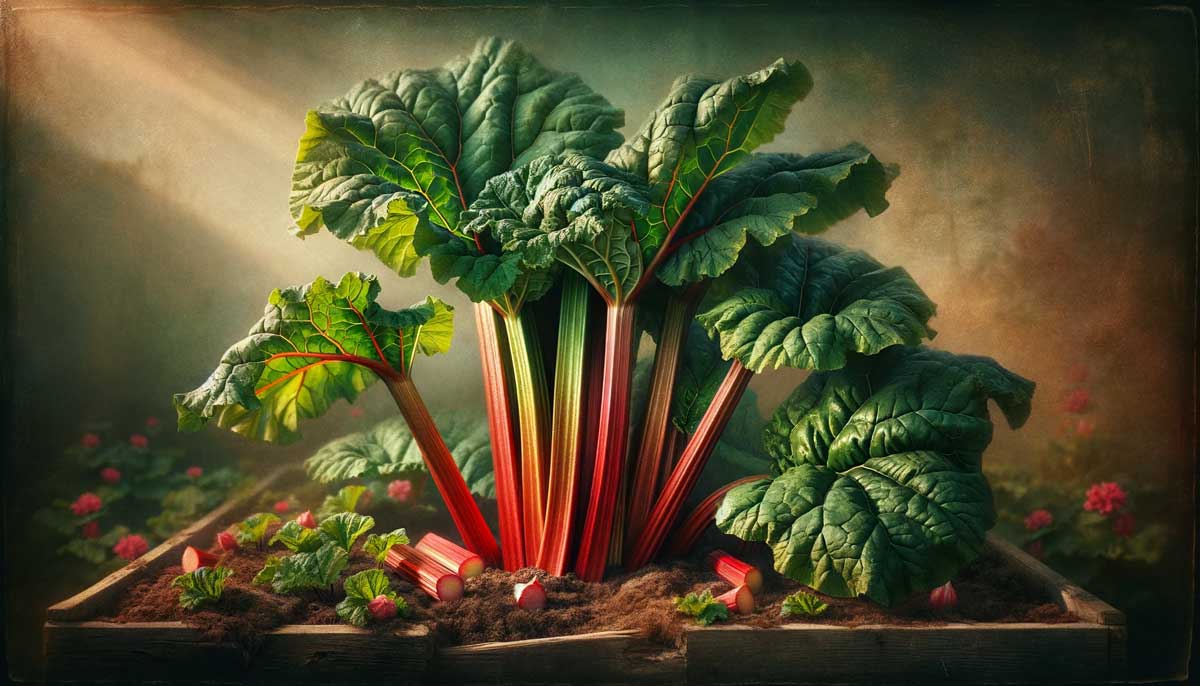
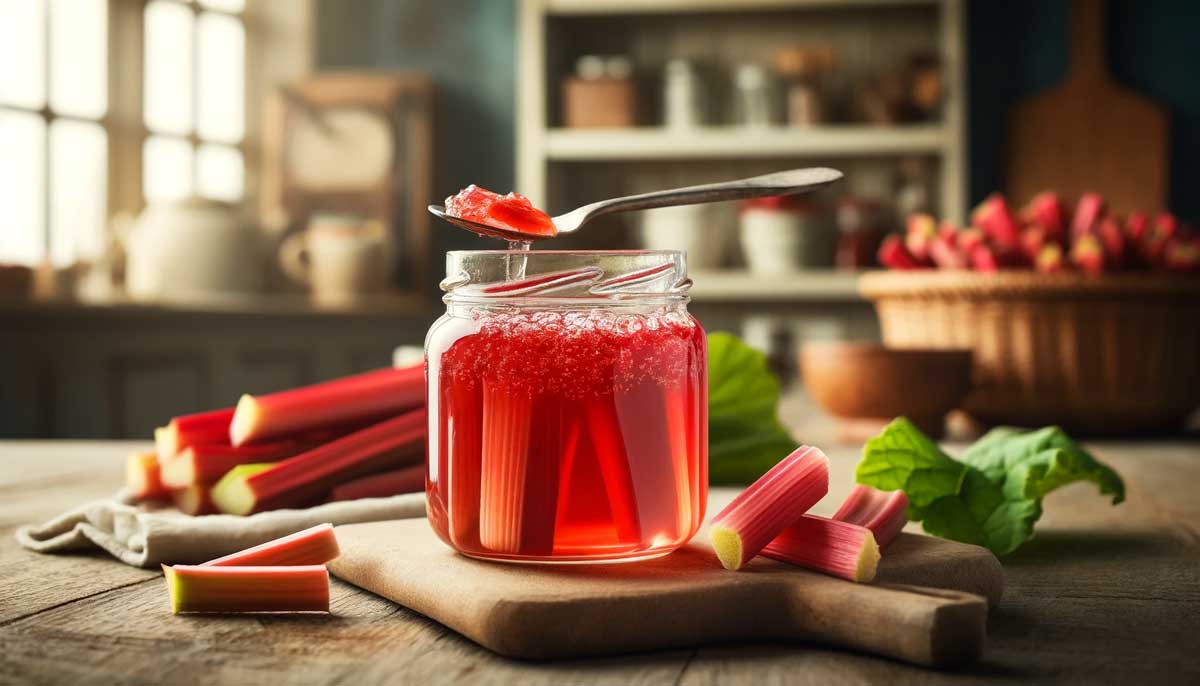
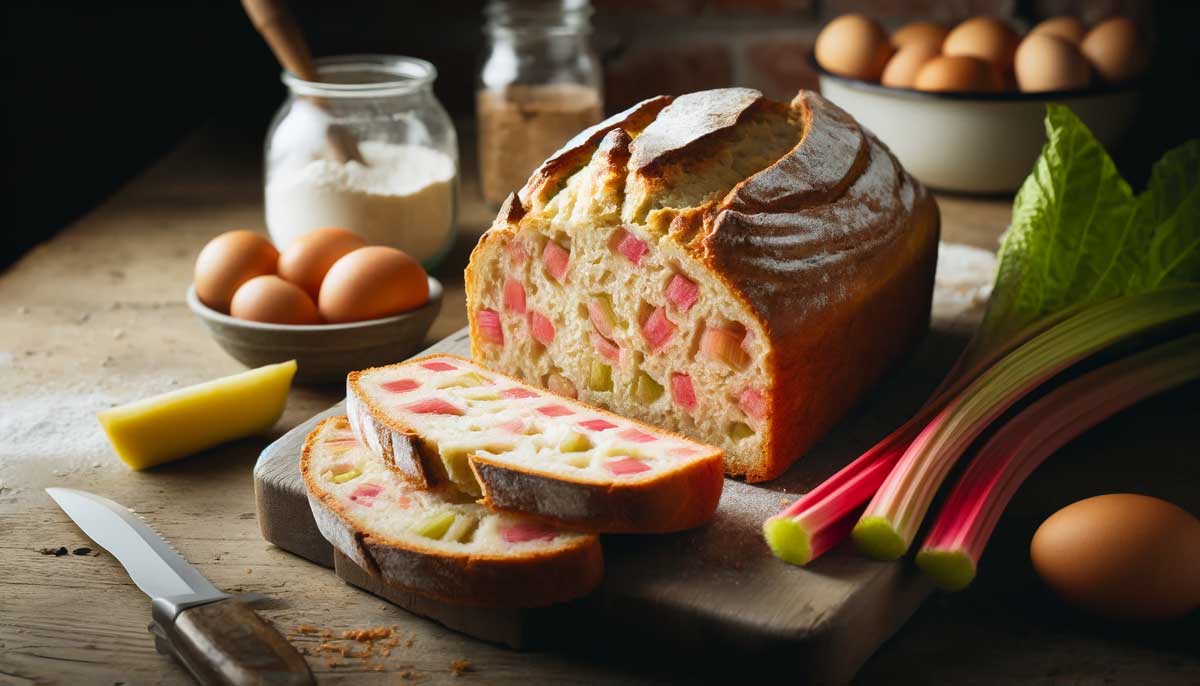



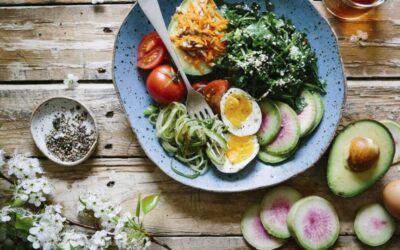
0 Comments